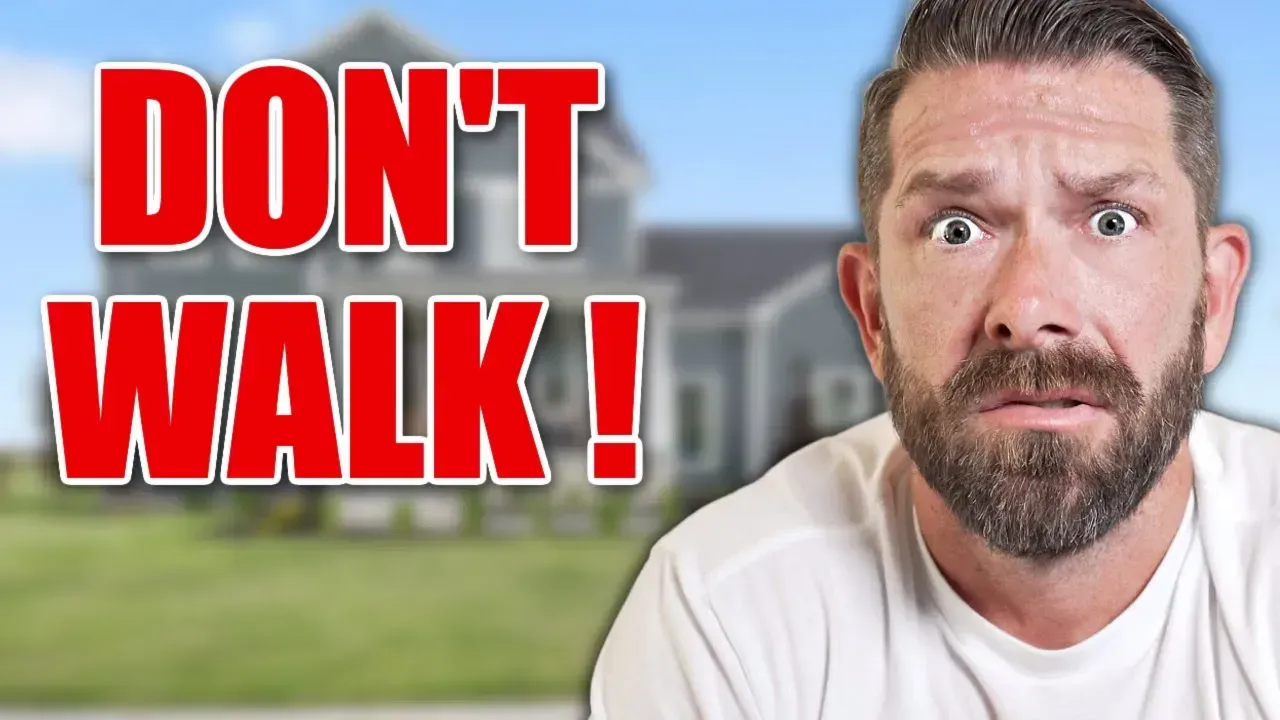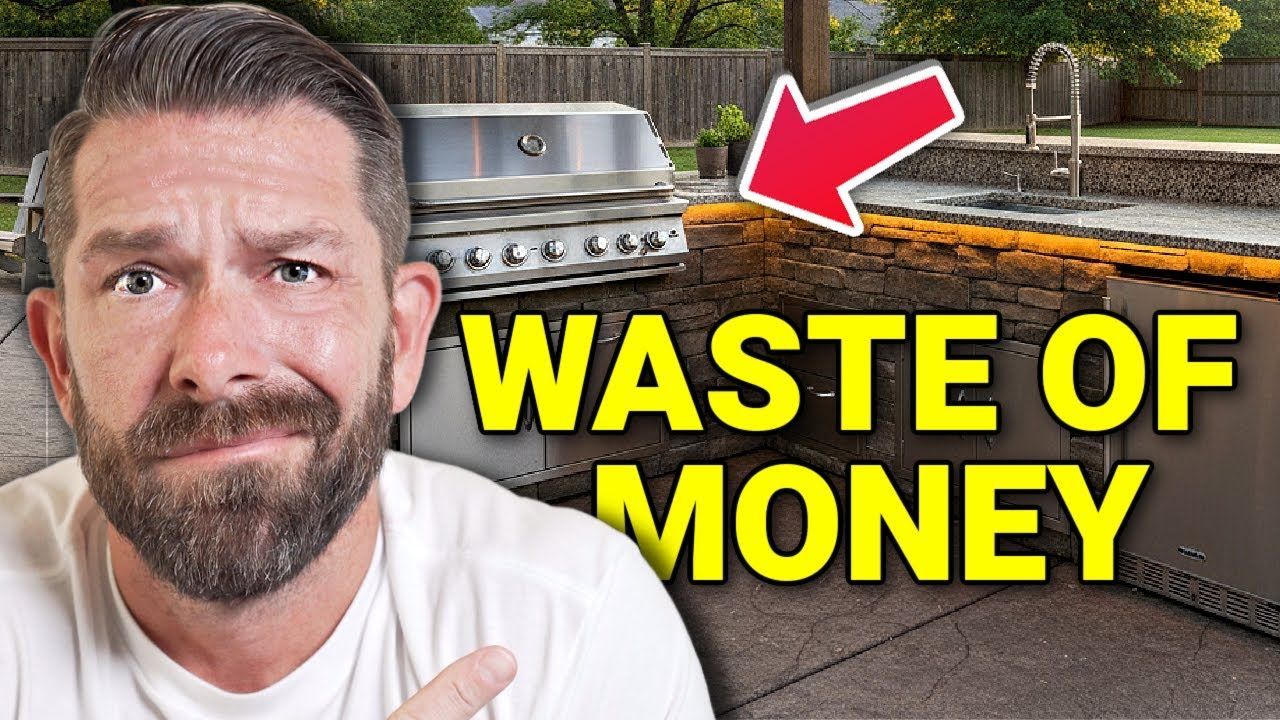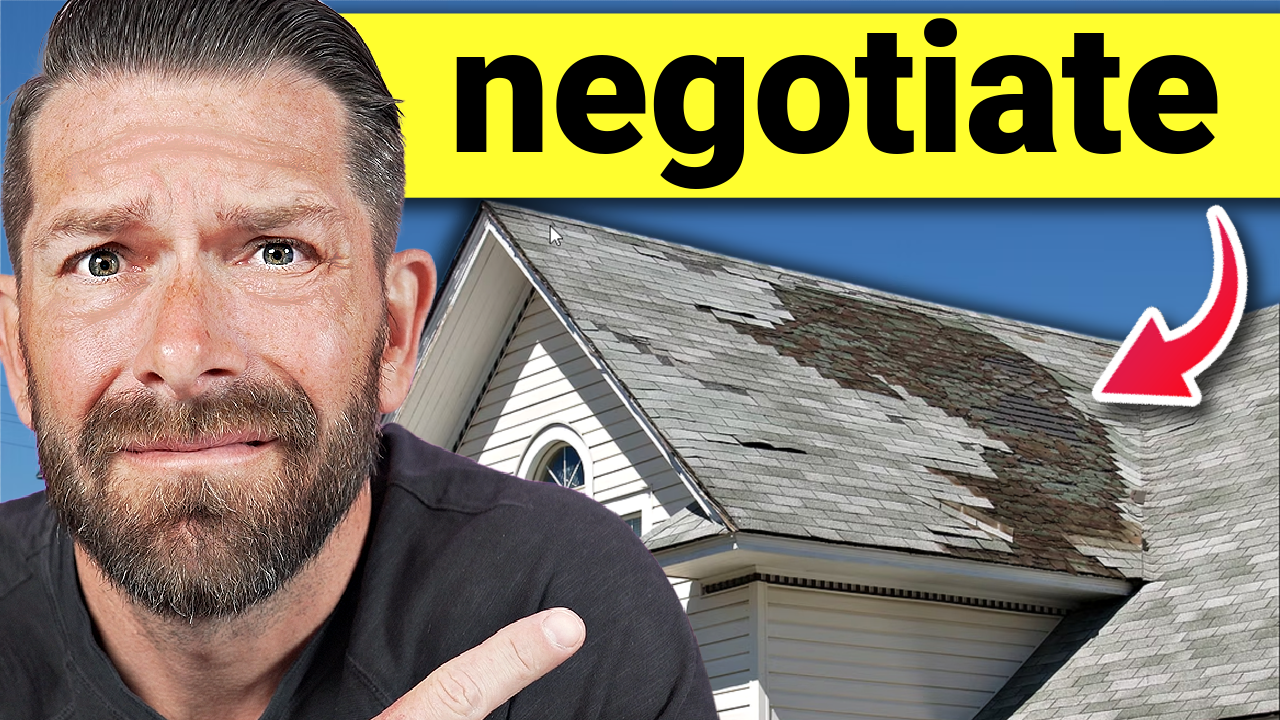Home Upgrades People REGRET After Moving In
Get The Latest OC Housing Report
Home Upgrades People REGRET After Moving In
Buying your first home is emotional. You’re excited, hopeful, maybe even a little impulsive. But before you go full HGTV on your new place, there’s one critical reality you need to face: many popular home upgrades actually reduce your home’s value.
In this guide, we’ll break down the 9 most common home upgrade mistakes that new homeowners make, why they backfire, and what to do instead to build real equity, protect your investment, and make your next move easier.
Subscribe for weekly advice on how to buy right, borrow smart, and build wealth through real estate. Start here →
1. Adding Solar Panels Without a Long-Term Plan
Solar sounds smart on the surface. Save money. Help the environment. But if you lease or finance your panels, you're just swapping your utility bill for a solar bill. Worse? Buyers have to qualify for that lease or loan when you sell. Many walk away.
What to do instead:
- Own the solar system outright if you plan to stay 10+ years.
- Test your utility costs for 6–12 months before making the leap.
- Compare quotes from multiple solar providers—not all systems are created equal.
2. Building a Pool for Resale Value
Pools are great—if you use them. But they rarely pay for themselves. Expect a 40–50% return on a $75K pool. That means you’re likely losing money when you sell, especially if you sell within a few years.
What to do instead:
- Only add a pool if you’ll enjoy it for years with your family.
- Consider the climate. In colder areas, pools can actually hurt resale.
3. Hardscape Overload
Removing all your lawn for hardscape, BBQs, and concrete patios may look sleek—but it alienates buyers who want grass, play areas, or pets.
What to do instead:
- Keep a balance: lawn, play space, and outdoor entertaining.
- Modular furniture and movable grills create flexibility.
4. Overbuilding for the Neighborhood
Making your home the nicest on the block can backfire. If buyers can’t justify your price based on nearby sales, you won’t recoup those renovation costs.
What to do instead:
- Renovate in line with comps (comparable homes) in your area.
- Leave room for buyers to personalize.
5. Mixing Too Many Styles
Farmhouse meets industrial meets modern? That design Frankenstein may excite you, but it confuses buyers. Most people want cohesion, not chaos.
What to do instead:
- Pick one core style and stick to it throughout the home.
- Work with a designer or use inspiration boards to stay on track.
6. Converting Bedrooms or Garages
Turning a bedroom into a walk-in closet or a garage into a rental sounds useful—until it limits who will buy your home. Most buyers want those original spaces back.
What to do instead:
- Keep bedrooms functional; add storage creatively elsewhere.
- If you must convert a garage, consider building an addition instead.
7. Poorly Planned Remodels
Swapping countertops and cabinets without reworking the layout? That’s a costly mistake. You’ll likely want to redo it again later. And so will your buyer.
What to do instead:
- Live in the home for 6–12 months before major remodels.
- Bring in a designer or architect to plan before swinging the hammer.
8. Installing High-End Appliances in Mid-Range Homes
Unless you’re selling a multi-million-dollar home, a $10K range won’t add $10K in value. Most buyers won’t care, and you won’t recoup that cost.
What to do instead:
- Choose reliable, energy-efficient brands.
- Match the appliance level to your neighborhood’s expectations.
9. Installing Freestanding Tubs Just Because They Look Good
These are on-trend, but many buyers see them as impractical. They’re hard to clean, waste space, and often go unused.
What to do instead:
- Design bathrooms with function and storage in mind.
- Maximize flow and usability—don’t chase Pinterest aesthetics.
Bonus Tip: Upgrade After You Live In It
Don’t rush upgrades. Move in. Understand the flow. Learn what actually bothers you. Then upgrade. You’ll make smarter decisions and avoid regrets.
3 Rules to Follow Before Any Renovation:
- Fix health and safety issues first.
- Live in the space to understand what it really needs.
- Set a budget and add 15–20% for surprises.
Final Thoughts: Think Like a Buyer, Not Just a Homeowner
You may not be planning to sell anytime soon—but life changes fast. Thinking ahead protects your equity and gives you more freedom when it's time to move.
Need help making the right upgrade decisions? Talk to a trusted real estate agent before you invest. They know what local buyers want and what pays off.
Subscribe to our YouTube channel for weekly advice on how to buy right, borrow smart, and build long-term wealth through real estate. Start here →











